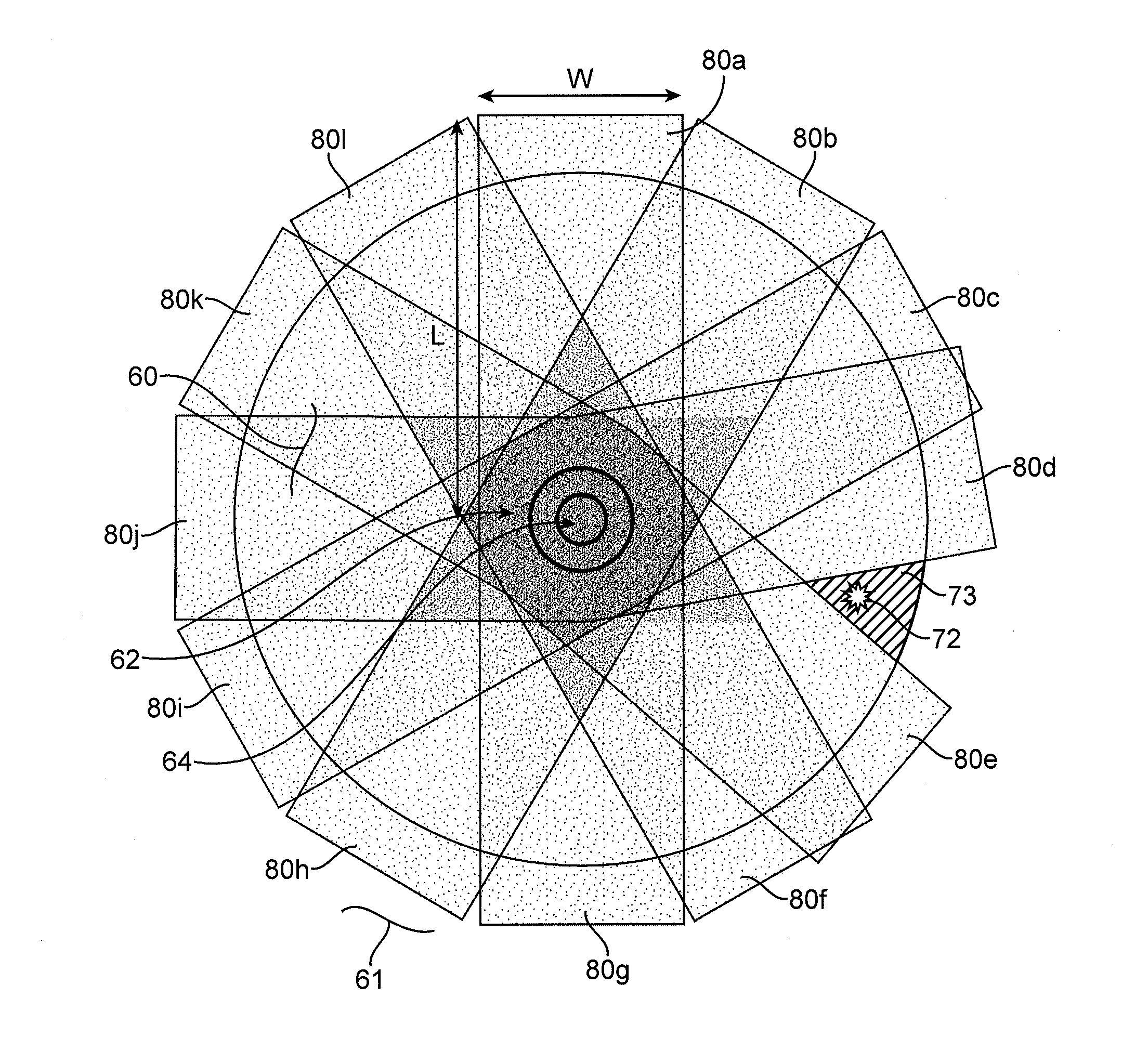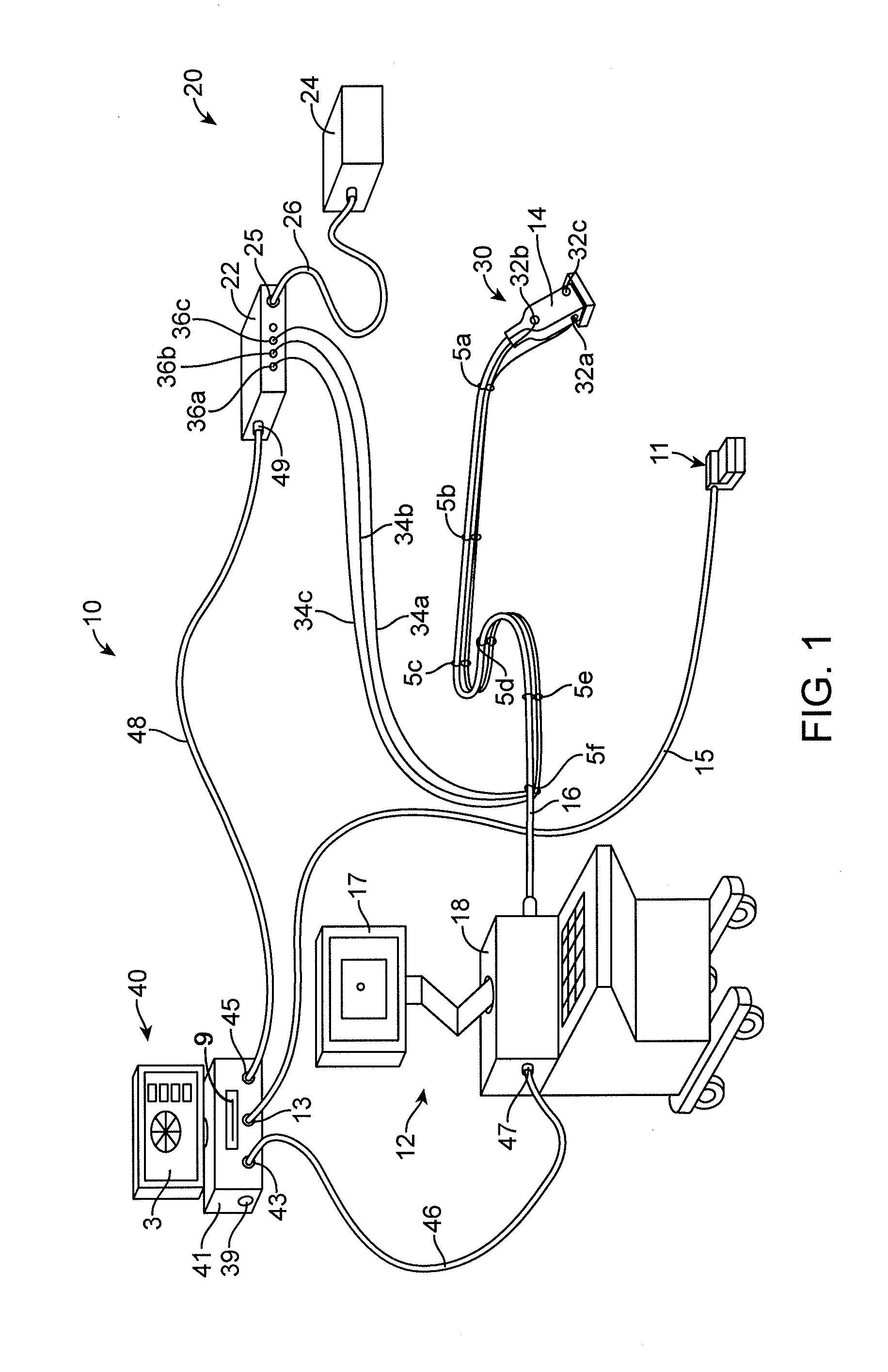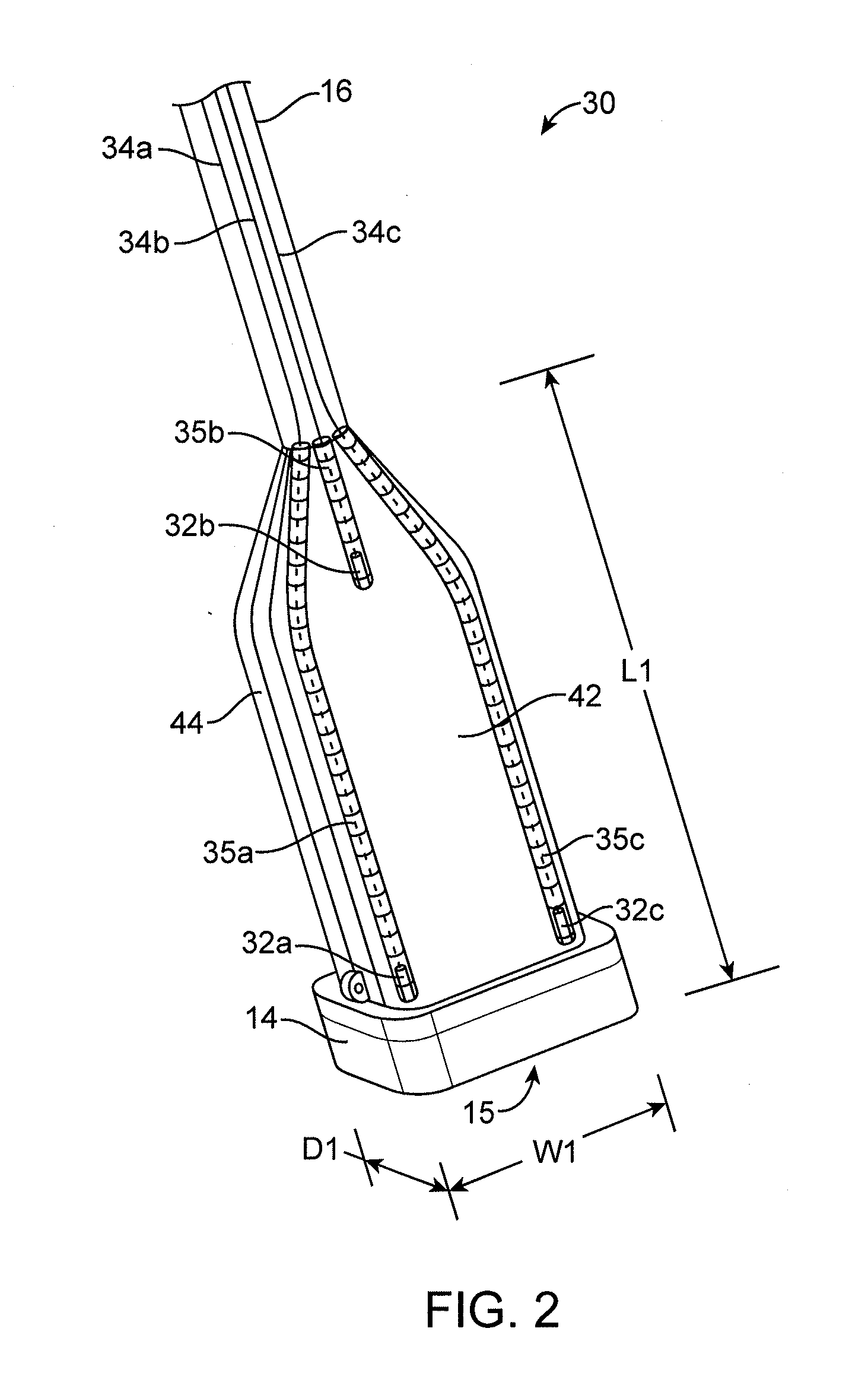Method, apparatus and system for complete examination of tissue with hand-held imaging devices having mounted cameras
a handheld imaging device and camera technology, applied in the field of medical imaging, can solve the problems of large size, more expensive imaging devices, and large volume of breasts, and achieve the effect of reducing the review tim
- Summary
- Abstract
- Description
- Claims
- Application Information
AI Technical Summary
Benefits of technology
Problems solved by technology
Method used
Image
Examples
Embodiment Construction
[0166]As described briefly above, embodiments contemplated provide for methods, devices, systems that can be used with manual imaging techniques to ensure satisfactory quality and adequate completeness of a scanning procedure for a patient's target region. Some embodiments employ rapid-response position sensors or rapidly imaged optical registers affixed to an existing hand-held imaging system, for example, a diagnostic ultrasound system, and associated hand-held imaging probes. By way of example, one type of ultrasound system that can be used with some embodiments described is the Phillips iU22 xMatrix Ultrasound System with hand-held L12-50 mm Broadband Linear Array Transducer (Andover, Mass.). Also, a commercially available system which provides accurate x, y, z position coordinates for multiple sensors as a function of time, providing said position information at a rapid tracking rate, is, by way of example, the Ascension Technology 3D Guidance trakSTAR (Burlington, Vt.).
[0167]R...
PUM
 Login to View More
Login to View More Abstract
Description
Claims
Application Information
 Login to View More
Login to View More - R&D
- Intellectual Property
- Life Sciences
- Materials
- Tech Scout
- Unparalleled Data Quality
- Higher Quality Content
- 60% Fewer Hallucinations
Browse by: Latest US Patents, China's latest patents, Technical Efficacy Thesaurus, Application Domain, Technology Topic, Popular Technical Reports.
© 2025 PatSnap. All rights reserved.Legal|Privacy policy|Modern Slavery Act Transparency Statement|Sitemap|About US| Contact US: help@patsnap.com



